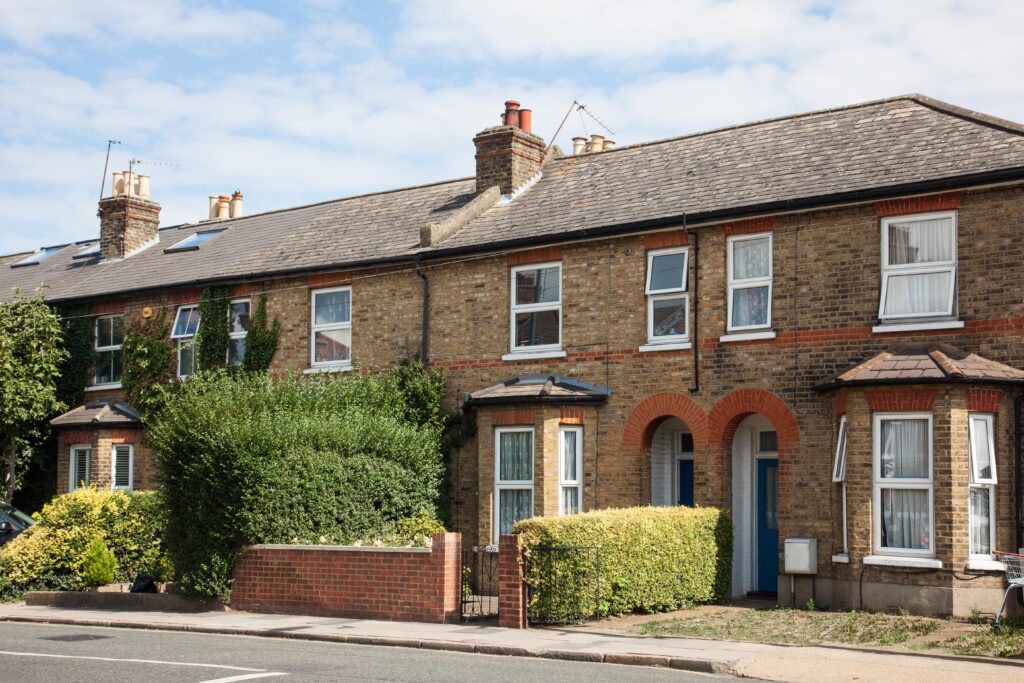Deposits are an important part of any tenancy and help protect a landlord against any financial losses caused by a tenant. There are also protections for tenants and to ensure that a landlord does not unreasonably withhold a deposit, a landlord must place the deposit amount into any one of the three Government-approved schemes In this article, we look at the Tenancy Deposit Protection schemes and answer some FAQ’s.

What Is A Tenancy Deposit Scheme?
If you rent out your property on an assured shorthold tenancy and it started after 6 April 2007, you must by law put any deposit received in a government-approved tenancy deposit scheme. Within England and Wales, the deposit can be registered with either:
- Deposit Protection Service – (Custodial and Insured) – https://www.depositprotection.com/
- MyDeposits – (Insured and Custodial) – https://www.mydeposits.co.uk/
- Tenancy Deposit Scheme – (Insured and Custodial) – https://www.tenancydepositscheme.com/
Either you or your agent must put the deposit into the scheme within 30 days of receiving it.
What Does ‘Custodial’ and ‘Insured’ Mean?
As landlord, you have the choice of which scheme to place the deposit in. There are two categories of scheme – either custodial or insured. Under custodial, a deposit is protected free of charge. You as landlord give the deposit in its entirety to the scheme so that they hold it for the length of the tenancy. The administrator of the scheme will then return the entire deposit or an amount mutually agreed to your tenant.
Under the insured category, you as landlord remain in possession of the deposit. In this case, the deposit amount is legally the tenant’s therefore you as landlord are not able to use it. At the end of the tenancy, in the case of a dispute, you as landlord must give the disputed amount to the scheme. This is a fee-based scheme, with a varying cost depending on which scheme is used.
How Much Will It Cost Me?
Here are the current fees for each scheme:
- The Deposit Protection Service custodial scheme is completely free and the insured scheme has the following fees:
Up to £500 deposit, landlords pay £18.75.
Over £500, landlords pay £27.750
- MyDeposits Is free for custodial deposits but there are fees for the insured scheme
The fees are as follows:
Up to £500 deposit, landlords pay £20 and members of NRLA pay £13.20.
Over £500, landlords pay £27.20 and members of NRLA/LRS pay £17.95
- Tenancy Deposit Scheme is completely free to join for the custodial scheme.
The fees for the insured scheme are as follows:
Up to £500 deposit, landlords pay £17.50 and members of NRLA pay £13.75
Over £500 deposit, landlords pay £24 and members of NRLA pay £17.95
What Benefits Are There To Me As The Landlord?
Each of the schemes provides free and independent adjudication at the end of the tenancy. So, if you and your tenant disagree over deductions for damage at the end of the tenancy, this can provide a helpful method of resolution. Since an adjudicator will make their decision in a dispute on any evidence provided by both parties, the accuracy of the inventory and schedule of condition that you draw up at the start of the tenancy is very important. Photographs documenting the condition at the beginning and end of the tenancy are vital in this process.
In What Kind of Instances Can Deductions Be Made?
At the end of the tenancy, your tenant should request their deposit back from you. This is where you must state if you would like an amount deducted from the deposit, listing each deduction and provide evidence. You are not allowed to keep hold of the full deposit (or any partial amount) without having provided clear, written reasoning for doing so. Again, your inventory and schedule of condition are vitally important here! You will be allowed to hold the amount you have requested if the tenant agrees to the deduction, a dispute has been ruled in your favour or a court order is in place.
Deductions can be made for things such as:
- The tenant damaging the property or contents
- The terms of the tenancy agreement haven’t been met
- Theft of items or items that are missing
- Need for removal of tenant’s belongings after the tenancy has ended
- Bills or rent are outstanding
- Cleaning required to bring the property to its original standard
What Happens If I Don’t Place The Deposit In a Scheme?
Failure to do so can result in a hefty fine – possibly up to 3 times the amount of the deposit. Not only this but any dispute may not be looked upon favourably if your tenant’s deposit has not been protected. Further issues could arise if the deposit is not protected, when attempting to obtain a possession order in the case of an attempted eviction – the order might not be granted.
Further information can be found here.
Protecting a deposit is a very important legal requirement and it can be complicated. This article is meant as a helpful guide, if you have any doubts then you should seek expert advice to avoid falling foul of the law.









